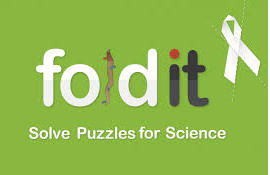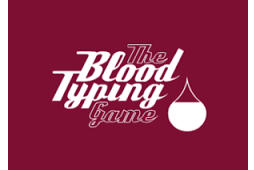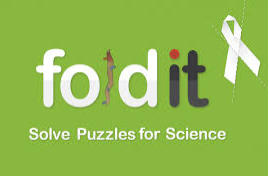

JCM Design

JCM Design
The Blood Typing Game
The Blood Typing educational game and related reading material are based on the 1930 Nobel Prize in Physiology or Medicine, which was awarded for the discovery of human blood groups in 1901. The purpose of this educational game is to learn the basics about human blood types and blood typing, as well as understanding one reason for its importance - to be able to save lives performing safe blood transfusions. Another purpose is to offer a game experience that is challenging and fun! Try it now! https://www.nobelprize.org/educational/medicine/bloodtypinggame/

Educational Games
Supreme Decision
The first in a series of games being developed by former Justice Sandra Day O’Connor teaching civic education through real court cases they get to choose, investigate, and argue. Supreme Decision lets players learn about people’s rights, which could lead to interest in a higher education for law. Try it now! https://www.icivics.org/games/supreme-decision
Video games tend to be a form of communication that is a consumer friendly language spoken by children and adults alike. Digital educational
games,assessments, and interactive media function as a bridge technology that converts gaming from a social pastime to a powerful educational
tool. They challenge students with game-based problem solving, conceptual reasoning, and goal-oriented decision making skills.They integrate
embedded learning, e.g., what the student knows and new information obtained in the gaming process, into problem solving skillsand real time
student assessments. This phenomenon is unlike standardized classroom testing in which student achievement is a pass or fail process. Well-designed
educational games and interactive media integrate evidence- based learning theory, mimics successful pedagogic methods, and exploit students’
interest in gaming. Well-designed educational gaming assessments are interactive, they do not punish the student, and provides feedback on how to
move to the next level of play. The end results should generate long-term changes in student performance, educational outcomes, and career
choices which may have not have been explored if not for the intervention provided by the educational game.
Fold It
The University of Washington created a game that ended up solving a key
problem to AIDS research. The university's Center for Game Science tackled
the issue of protein folding. In the human body, proteins perform vital
functions, like breaking down food to power muscles, and can also cause
illnesses. The more we know about the structure of a protein—how its chain
of amino acids are folded—the better equipped we are to combat diseases
and create vaccines.
The game they created, FoldIt, allowed users to modify a protein structure and gave players a score based on how "good" of a fold they made. After professional scientists spent about 15 years trying and failing to figure out the structure of an AIDS-like virus found in monkeys, they put the problem out to the FoldIt community. Gamers solved the protein in 10 days! Try it now! https://fold.it/portal/

JCM Design

JCM Design
The Blood Typing Game
The Blood Typing educational game and related reading material are based on the 1930 Nobel Prize in Physiology or Medicine, which was awarded for the discovery of human blood groups in 1901. The purpose of this educational game is to learn the basics about human blood types and blood typing, as well as understanding one reason for its importance - to be able to save lives performing safe blood transfusions. Another purpose is to offer a game experience that is challenging and fun! Try it now! https://www.nobelprize.org/educational/medicine/blood typinggame/
Video games tend to be a form of communication that is a consumer
friendly language spoken by children and adults alike. Digital
educational games,assessments, and interactive media function as a
bridge technology that converts gaming from a social pastime to a
powerful educational tool.They challenge students with game-
based problem solving, conceptual reasoning, and goal-oriented
decision making skills.They integrate embedded learning, (e.g.,
what the student knows and new information obtained in the
gaming process, into problem solving skillsand real time student
assessments.) This phenomenon is unlike standardized classroom
testing in which student achievement is a pass or fail process. Well-
designed educational games and interactive media integrate
evidence- based learning theory, mimics successful pedagogic
methods, and exploit students’ interest in gaming. Well-designed
educational gaming assessments are interactive, they do not punish
the student, and provides feedback on how to move to the next
level of play. The end results should generate long-term changes in
student performance, educational outcomes, and career choices
which may have not have been explored if not for the intervention
provided by the educational game.

Fold It
The University of Washington created a game that ended up
solving a key problem to AIDS research. The university's Center
for Game Science tackled the issue of protein folding. In the
human body, proteins perform vital functions, like breaking
down food to power muscles, and can also cause illnesses. The
more we know about the structure of a protein—how its chain
of amino acids are folded—the better equipped we are to
combat diseases and create vaccines.
The game they created, FoldIt, allowed users to modify a protein structure and gave players a score based on how "good" of a fold they made. After professional scientists spent about 15 years trying and failing to figure out the structure of an AIDS-like virus found in monkeys, they put the problem out to the FoldIt community. Gamers solved the protein in 10 days! Try it now! https://fold.it/portal/



